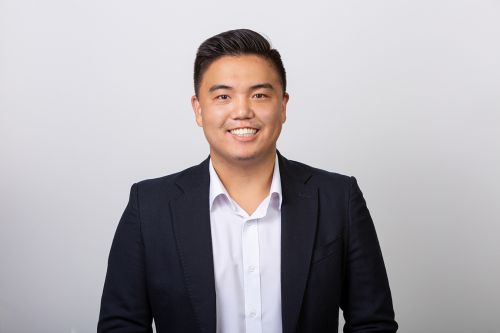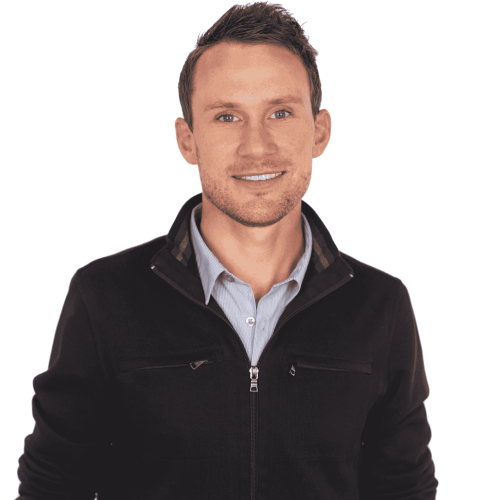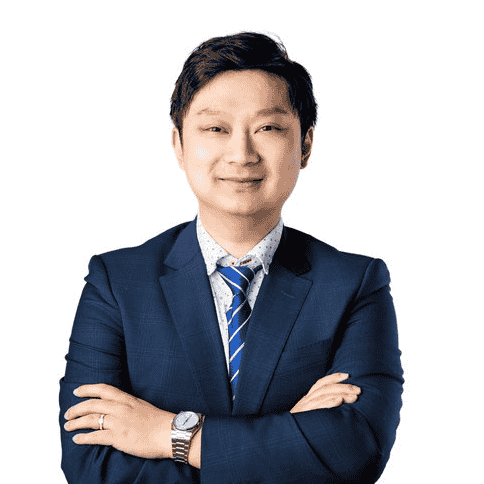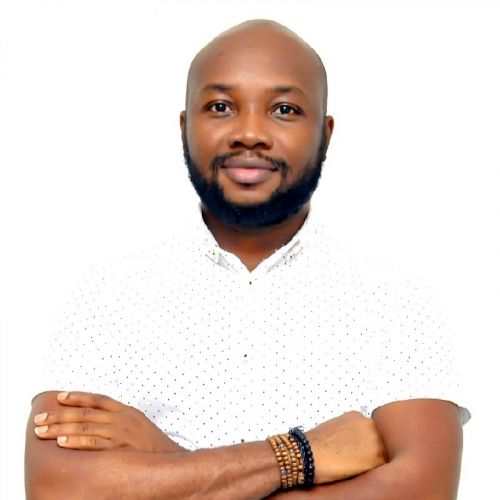How Aligned Climate Capital is focused on creating a just climate transition
In this #MeetTheMB100 interview, Eric Lee, Senior Vice President at Aligned Climate Capital, explains how proven and commercial climate technology will play a greater role in avoiding the worst effects of climate change while also helping those who are the most vulnerable to its harmful effects.
This interview series is sponsored by EY, Hogan Lovells and Babson College.
Meaningful Business (MB): Can you tell us a bit about the priority focus areas for your investments, and why you selected them.
Eric Lee (EL): Aligned Climate Capital was founded in January 2019 to create an asset management firm focused exclusively on opportunities related to a just climate transition that decarbonises the economy, creates good paying jobs, and expands energy access for all.
The people and communities who are being harmed first and worst by the climate crisis are the people who contribute least to its causes and are least able to protect themselves against it. Unlike other climate investors, Aligned Climate Capital focuses on opportunities that are tied to real assets and proven solutions to achieve greater climate impact through the deployment of decarbonisation and environmentally sustainable business practices, processes, and technologies that also materially help those who are the most vulnerable to the harmful effects of climate change (i.e., low-and-moderate-income communities, rural and underserved communities, communities with limited and weak energy infrastructure, etc.) while supporting the green economy through the creation of high-quality green jobs and various workforce development programmes, with a focus on low-wage workers who are unemployed or underemployed.

Eric Lee, Senior Vice President, Aligned Climate Capital
MB: How are your portfolio companies tackling these issues and what impact are they having?
EL: To achieve a just climate transition, the Aligned Climate Capital focuses on scaling proven solutions to the climate crisis, such as clean energy, electric transport, efficient buildings, and sustainable land use.
To highlight a specific example, ChargerHelp maintains and repairs EV chargers using its proprietary software and EV service technicians. To date, ChargerHelp has trained over 1,000 people to become EV service technicians and workforce development is a central part of the company’s revenue model. Specifically, the company partners with local Workforce Centres (i.e., community colleges, non-profits, etc.) to train and hire EV service technicians from the local community. ChargerHelp currently partners with 15 organisations, including Pasadena City College, Baton Rouge Community College, Michigan Central, the Los Angeles Cleantech incubator and more.
Another example is BoxPower. BoxPower designs, instals, and operates solar plus storage microgrids in underserved, remote, and rural communities on behalf of utilities. Specifically, BoxPower’s microgrids are deployed by electric utilities to provide additional grid resiliency and remote power in parts of their service territory that are at risk of power disruptions due to wildfires, extreme weather events, and ageing grid infrastructure. BoxPower’s systems allow these communities to maintain electricity service even in these circumstances.
MB: What is your biggest challenge right now and what support do you need?
EL: Over the next two decades, the world must invest $50 trillion globally to achieve the Paris Climate Agreement targets. Aligned believes this is a unique opportunity to generate strong financial returns while also achieving meaningful environmental and social impact. While investment in breakthrough innovation is necessary to address the climate crisis, Aligned focuses on proven technology due to its: (1) scale of impact; (2) immediacy of impact; and (3) sustainability of impact.
Simply put, we believe that proven and commercial climate technology will play a greater role in avoiding the worst effects of climate change than breakthrough technology. Nearly all the emissions reductions that need to occur before 2030 to stay on track for the UN’s 2050 Net Zero target can largely be achieved by existing climate technologies. Moreover, existing technology remains critical even in the later years of the UN’s 2050 Net Zero target (2030-2050) accounting for approximately 65% of CO2e emissions reductions. That said, there is a lot of capital currently being directed towards the newest and shiniest climate opportunities. One of the biggest challenges that we face today is refocusing capital allocators attention towards the technologies we know that work.
MB: What is your ambition for the future of your fund?
EL: Aligned believes that investments in early-stage companies are required in the near-and-medium-term to achieve our long-term goal of a just clean energy transition. Today’s start-ups will become the clean energy incumbents of the next decade and we need to ensure that their business models begin with inclusion of critical environmental and social impact goals.
Over the next decade, Aligned will advance access to affordable, reliable, and sustainable energy for all by investing in companies that are building resilient infrastructure and promoting inclusive and sustainable industrialisation. We will do all this while contributing to the growing green economy by promoting sustained, inclusive, and sustainable economic growth, full and productive employment, and decent work for all.
For example, Summit Ridge Energy is one of Aligned’s portfolio companies that is a community solar developer based in Arlington, Virginia. Community solar projects are designed to expand access to renewable energy for low-income households that do not have the ability to participate in existing solar PV programs — due to a lack of home ownership, or because of inadequate roofing. Summit Ridge Energy provides clean and affordable energy to low-income households in Virginia, Illinois, and Maryland, which in aggregate, provide over 200 MWdc of clean and affordable energy. The company also partnered with 548 Enterprise to develop a “Sustainability Hub” in Chicago to provide clean energy job skill training to 10,000+ local residents from disadvantaged communities over the next 10 years.
MB: How do you measure success?
EL: As a market-rate and mission-aligned investor, Aligned seeks to invest in companies that exhibit collinearity, meaning the impact they have is intrinsic to their business model, thus making profit and purpose mutually reinforcing and intertwined. For these businesses impact is not a concession, rather it’s a driver of financial performance. Therefore, as revenue scales for each company, their respective impact scales in tandem. Various external benchmarks are used to measure success. Most applicably, Aligned uses Cambridge Associates’ “Private Equity & Venture Capital Impact Investing Index and Benchmark Statistics.
With regards to impact, Aligned collects, monitors, and analyses impact metrics via our portfolio company, Pulsora. While every early-stage company is unique, we communicate with our portfolio management teams to set and discuss critical areas for growth across all impact indicators. Aligned’s ESG & Impact programme supports globally recognised efforts to standardise data collection and metrics.
Quickfire questions:
MB: Tell us a mistake you’ve learned from
EL: As someone who sets forth big goals and strives to achieve them with full force, I learned that not celebrating the small wins lead to quicker burnout.
MB: How do you spend your time away from work?
EL: Outside of work, I try to keep myself active. As of recently, I’ve been enjoying basketball, soccer, and hiking. I also love exploring new restaurants and trying new foods.
MB: What’s the best piece of advice you’ve ever received?
EL: I often find myself being my biggest critic. As such, the best piece of advice that I heard was actually a quote by Theodore Roosevelt: “Comparison is the thief of joy.”
MB: What is something you wish you were better at?
EL: After attending numerous networking events, I always catch myself wishing that I was better at remembering people’s names.
MB: What is the one book everyone should read?
EL: To learn more about climate change, I’d suggest that everyone reads, “The Carbon Almanac” by Seth Godin.








